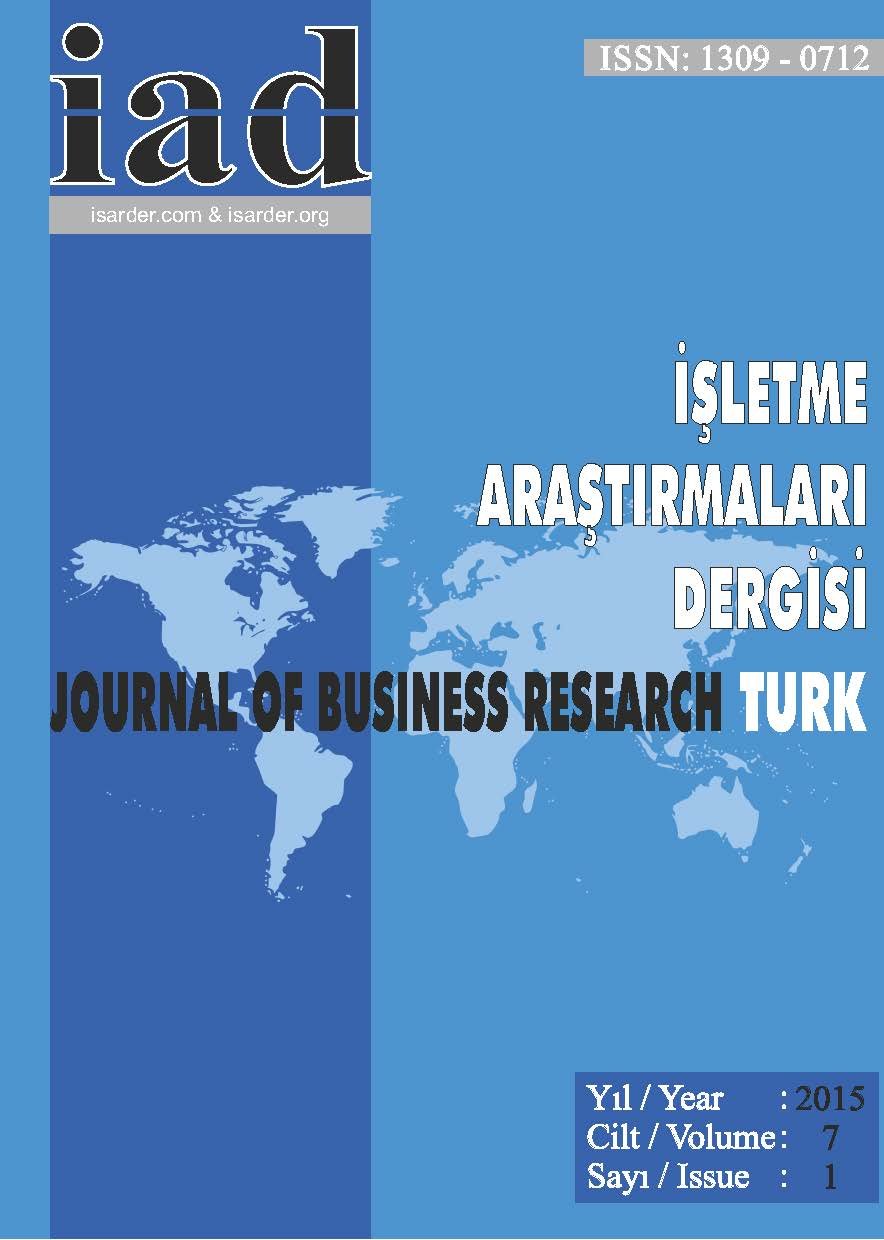Artificial Neural Network Methodology In Fraud Risk Prediction On Financial Statements; An Emprical Study In Banking Sector
Keywords:
Financial Information, Financial Statement Fraud, Prediction of Financial Statement Fraud, Artificial Neural NetworkAbstract
Credit risk is among the foremost risk factors that banks may encounter. Banking function is rendering credits. In rendering commercial credits based on fraudulent financial statements, credit risk can occur if banks cannot ensure the repayments of credits completely or partially. This case lead to an important problem for banks. The accuracy and reliability of information provided by financial statements are of crucial importance in credit risk management. In this context, main purpose of this study is to make it possible to predict fraud risk in financial statements. By doing so, it is possible prevent credit risk that may emerge in banks. In this study, to predict and determine fraud risk in financial statements, artificial neural network (ANN) methodology is utilized. This research includes commercial and corporate customers of banks. Financial data of 289 firms, belonging to the year of 2007, (97 firms were assumed to have fraudulent financial statements and 192 firms were in control group) was analyzed, and an ANN model is proposal. The proposal model that was developed is highly successful in predicting fraud risk in financial statements with an accuracy ratio of 90%.
Downloads
Published
How to Cite
Issue
Section
License

This work is licensed under a Creative Commons Attribution-NoDerivatives 4.0 International License.





